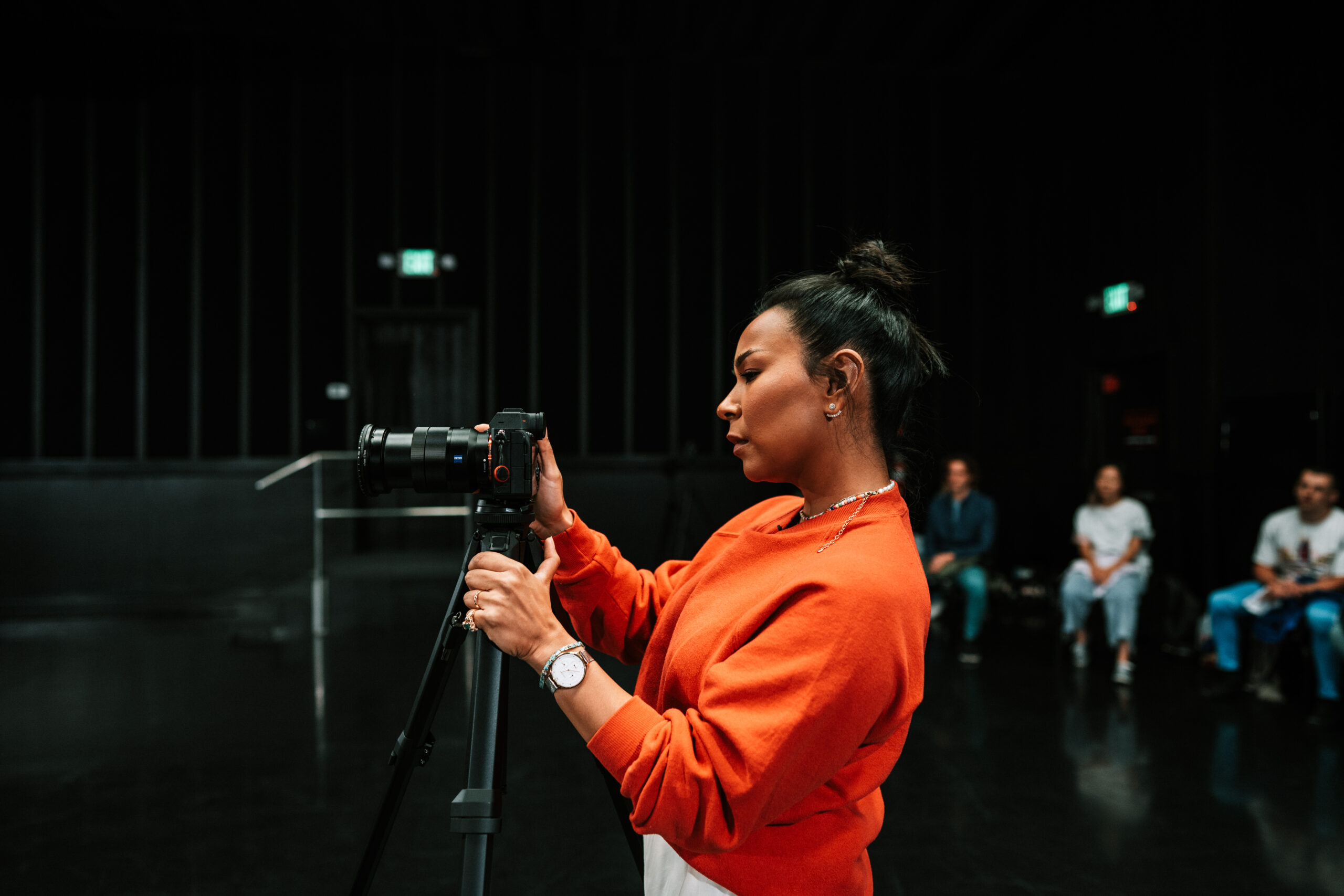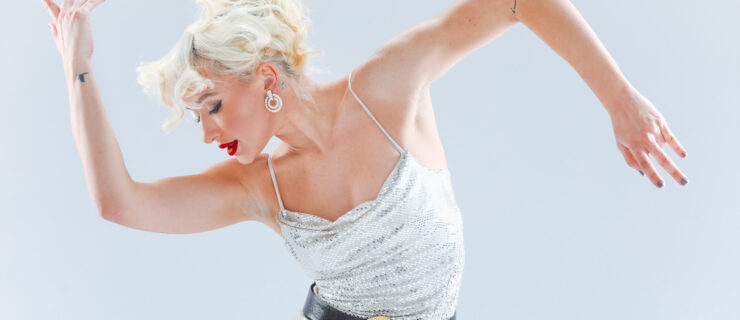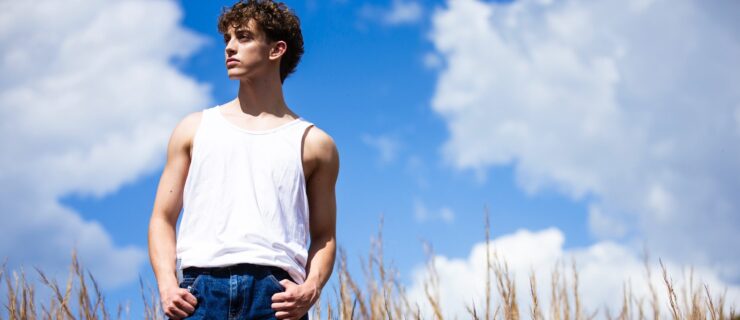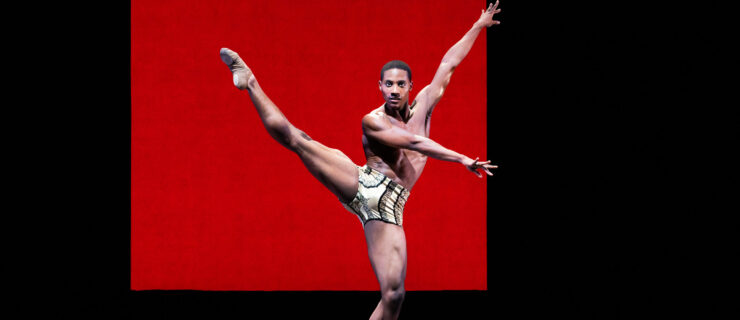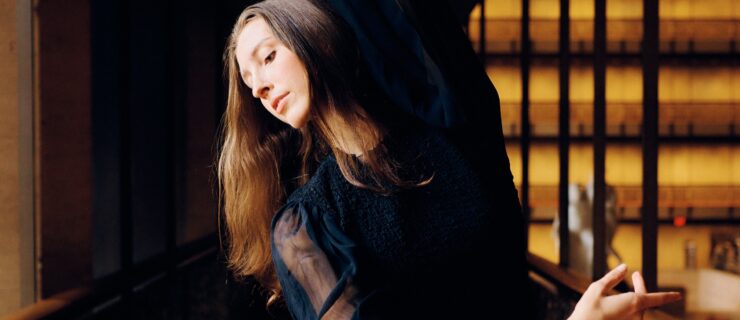Galen Hooks Wants You to Succeed, One Step at a Time
It would be a disservice to Galen Hooks to chalk her magnetism up to something as elusive as an “X factor.” With over 20 years of professional experience, 70-plus performance and choreography credits dripping in A-list celebrities, a social media footprint with more than 300 million views and counting, and regularly sold-out master classes around the globe, Hooks has put in the work. Without skipping a single step, she found success, and wants the same for you.
Hooks spent her early dance training at two competition studios in Walnut, California: Fine Arts and Dellos Performing Arts Center. At 7 years old she went on “Star Search” with a dance group called Girls of Paradise. (According to Hooks, they were Junior Dance Champions with eight episodes straight as the winners, and four stars every time.) She then signed with an agent and began training at major Los Angeles–based dance studios like Edge Performing Arts Center, Moro Landis (now Millennium), and Tremaine Dance at 9 years old. “I was in a tap company with Gregg Russell, and a jazz company that Marguerite Derricks and Michael Rooney ran,” she says. “I was very fortunate to have teachers of that caliber from a young age.” At 9, she was in a Montell Jordan music video, at 10 she was in a movie called Mrs. Santa Clause, and at 11 she danced on Nickelodeon. By the time she was 15, Hooks was cast in the job of a lifetime: Austin Powers in Goldmember. She hasn’t stopped working since.
Despite the crazy schedule that comes from constant bookings (to date she’s worked with Britney Spears, Usher, Jennifer Lopez, Camila Cabello, Justin Bieber, Ed Sheeran, Miley Cyrus, Coldplay, Janet Jackson, Chris Brown, Rihanna, John Legend, and more), Hooks graduated from high school, and even went on to earn a bachelor of arts in law and society from Penn State. “When I did the Super Bowl with Janet Jackson [2004], I was 17 and I spent rehearsal breaks studying in the corner,” she says. “I studied on the bus while touring with Snoop Dog, and graduated from college while working as an assistant choreographer on Camp Rock.” While some might argue commercial dancers need to choose between dance and higher education, Hooks is here to set the record straight. “My dance career and education have fed into one another,” she says. “I paid for my education through the money I made performing, and studying law was instrumental to my time as the chair of Dancers Alliance, as well as my time on the SAG-AFTRA board.”

Beyond the merits of good training and a college degree, Hooks wants dancers in 2024 to pay close attention to her timeline as a choreographer. “I followed the traditional journey from dancer to assistant [for Marguerite Derricks, Jamaica Craft, Jamie King, Andre Fuentes, among others] to associate choreographer to choreographer,” she says, adding, “[Dancers should not] just go from studio dancer to choreographer. There is so much to learn before you get to that point.” She has similar feelings when it comes to becoming a master educator. “I started teaching at little conventions here and there when I was 15 years old, and it wasn’t until 10 years ago that I really felt like I knew what I was doing. I used to have to cancel my classes when I taught at Debbie Reynolds Performing Arts Studio because only two people would show up. Every time I have a sold-out class now, I feel grateful and attribute it to the fact that I have become a better teacher over the years. You can’t replace experience.” Now, Hooks teaches around the world as a master educator, has created her own dance training method, and even launched an online training program to share her wisdom more broadly.
On the Origins of the Galen Hooks Method
“It started as an audition intensive: As someone with the perspective of both a choreographer and a performer, I wanted to lift the veil off what choreographers actually look for in auditions. Then people started booking, and they wanted to know what to do once they were on the job, so I did an on-set intensive. Then it all started to grow, so I turned it into ‘the Galen Hooks Method.’ In my intensives and pro-level classes for aspiring dancers, I teach them how to analyze a piece of choreography. How to break down the moments in a routine that the choreographer wants to shine. What to do for your face, your eyebrows, your head angle—where your chin should be. At the beginning of class, the dancers would have been cut, but by the end of class, they are hired. I teach these two-day-long intensives, in person, all around the world. In addition to that, I’ve created GHM On-Demand, which makes all of that information available online.”
On Creating Inclusive Dance Spaces
“My classes are for every style, level, and age of dancer. Not everyone is pursuing a dance career, and everyone is welcome. I have parents who used to dance who don’t feel comfortable going to big studios to take class but want to experience the joy of movement again without all of the negative mental spaces people can fall into. My years of experience have allowed me to feel very confident in teaching anyone, any style, and pulling the best out of them.”
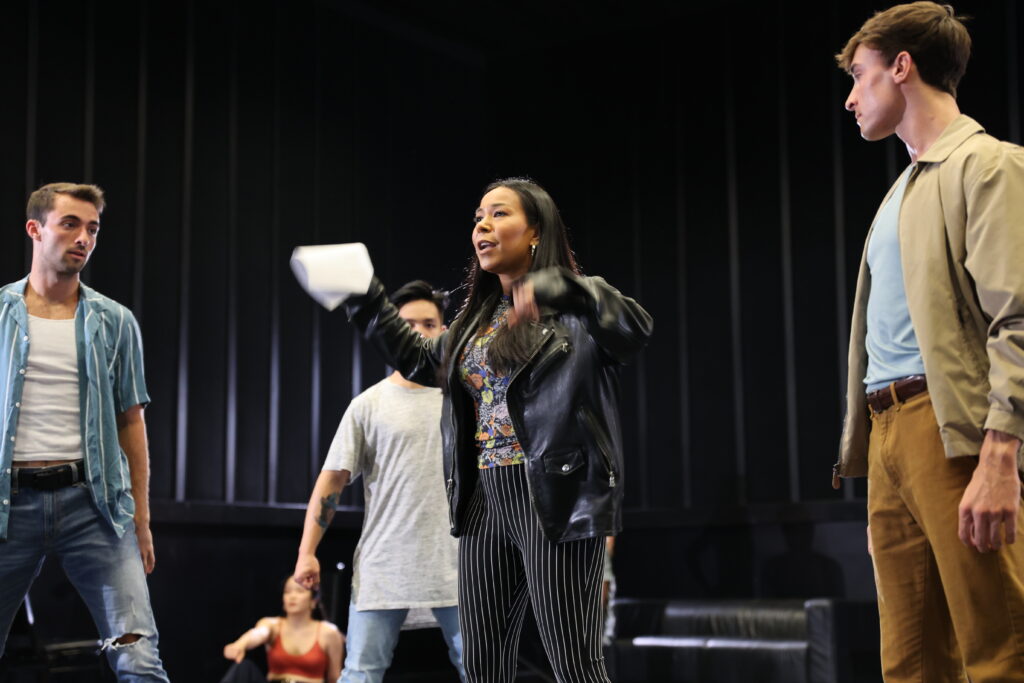
Her Advice for Aspiring Professionals
“Choreographers are really craving smart, mature dancers. A lot of young people are talented, but what is their point of view? What do they stand for? What are their eyes saying? How do they walk in the room? If [people] dance with a sway-back or do eye rolls and pull faces that aren’t emotionally motivated, those are dead giveaways that they are not professionals. A smart dancer delivers what the choreographer is asking for. Dancers need to be discovering who they are and studying what looks great on them—especially on camera. Passing that skill down is really important and will get people booking.”
